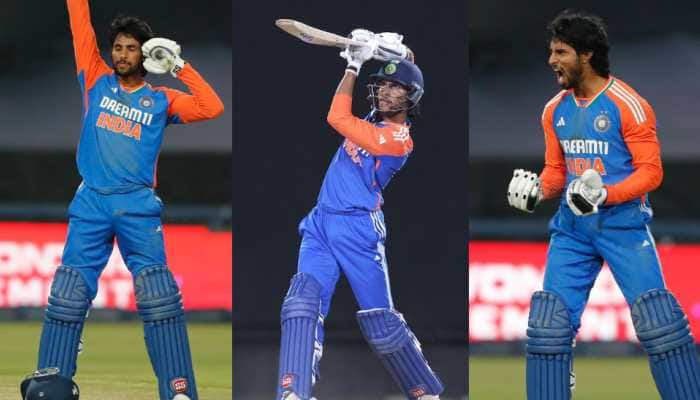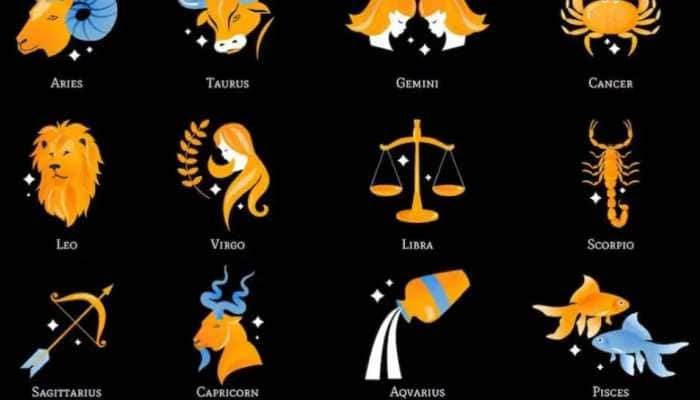GSAT-9 launch a 'path breaking' step, says space strategist P.K. Ghosh
What India has developed it can be shared by our friendly nations. They can use it for TV connectivity.
Trending Photos
)
New Delhi: As the Indian Space Research Organization (ISRO) launched the South Asia satellite, space strategist space strategist P.K. Ghosh said that it is a path breaking and incredible step, while saying that it would invite all the neighbour countries on the same grid.
"I think this is an incredible and path-breaking step for many reasons. We are trying to get our neighbours on the same grid as we are. We are trying to do space diplomacy in which we are trying to help our neighbours. It will get all our neighbours looking at us for help in the region of space,".
Meanwhile, Surendra Pal, Vice Chancellor of Defence Institute of Advanced Technology lauded the ISRO`s move while saying that it would be marked as a golden day in Indian history."It`s a golden day for India.
What India has developed it can be shared by our friendly nations. They can use it for TV connectivity.
They can also have collaboration with India. They can use the transponders for any purpose. We can now launch three to four tonne satellite. This speaks the high confidence," Pal told ANI.
Asserting that launching a satellite is not an easy task, he further said that India could earn foreign exchange and boost the trade by it.The GSAT-9 or the `South Asia` satellite was earlier in the day launched by the ISRO.The Geosynchronous Satellite Launch Vehicle GSLV F-09 carrying the communication and broadcasting satellite took from the second launch pad of the Satish Dhawan Space Centre at Sriharikota at 4.57 p.m.
Six of India`s neighbours including Afghanistan, Bangladesh, Bhutan, Nepal, Srilanka and the Maldives are participating in the space-based regional communication project.The satellite weighing 2230 kilogram during lift off and carrying 12 Ku-Band transponders has been developed at a cost of about 235-crore rupees and the total cost of the project including the launch is worked out to be about 450-crore rupees.
The intended operational life of the satellite is more than 12 years and it cost Rs. 235 crore.The GSAT-9 is a Geostationary Communication Satellite and data from it will be shared with the other five countries.
It will help to meet the growing telecommunications and broadcasting needs of the region.All participating nations will have access to at least one transponder using which they can telecast their own programming.
The satellite is expected to provide communication channels between countries for better disaster management as the region is prone to natural disasters.The national space agency ISRO uses the indigenous Cryogenic Upper Stage in this flight of the GSLV for the fourth time.
In total, it would be the 11th flight of the GSLV.In short, as envisaged by Prime Minister Modi, it is a satellite sans frontiers, for the nations to grow together.
Stay informed on all the latest news, real-time breaking news updates, and follow all the important headlines in india news and world News on Zee News.
Live Tv







)
)
)
)
)
)
)
)
)
)
